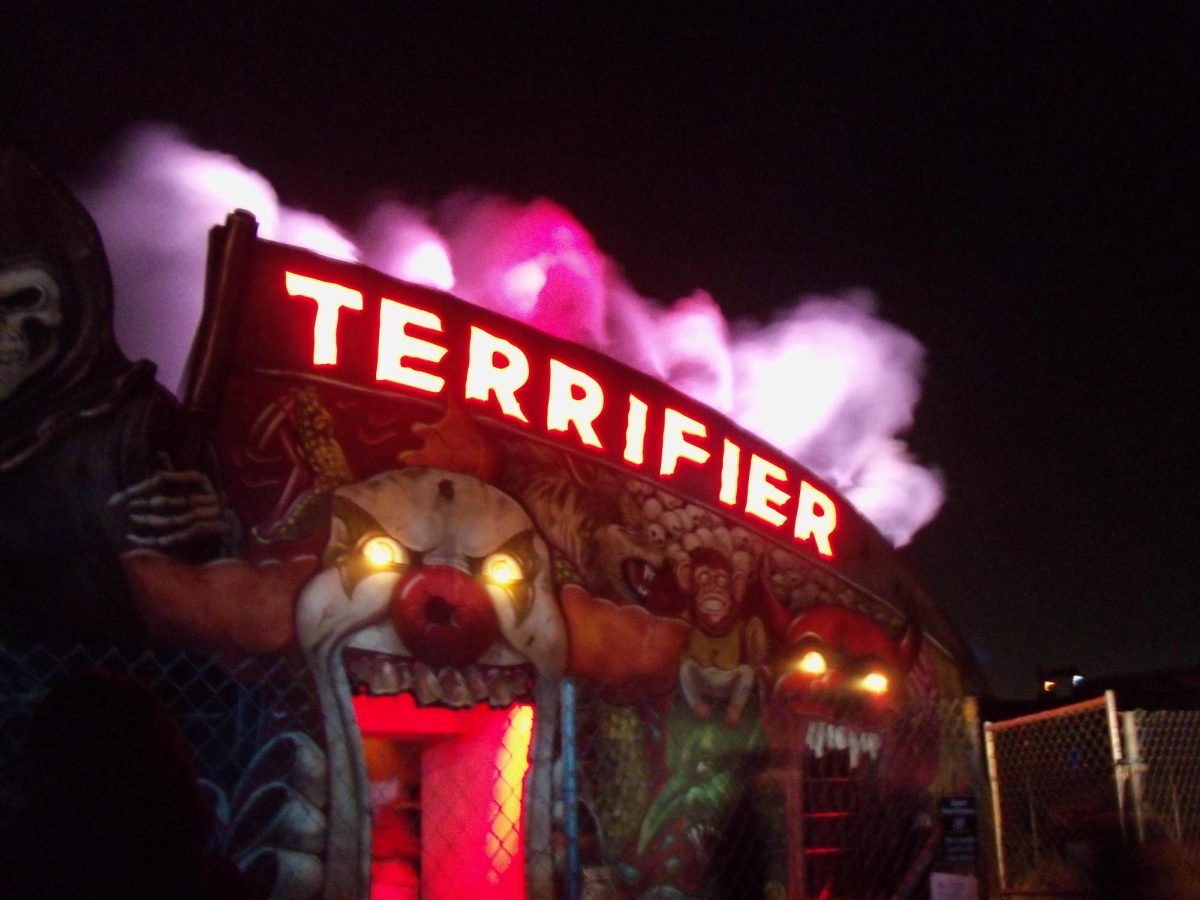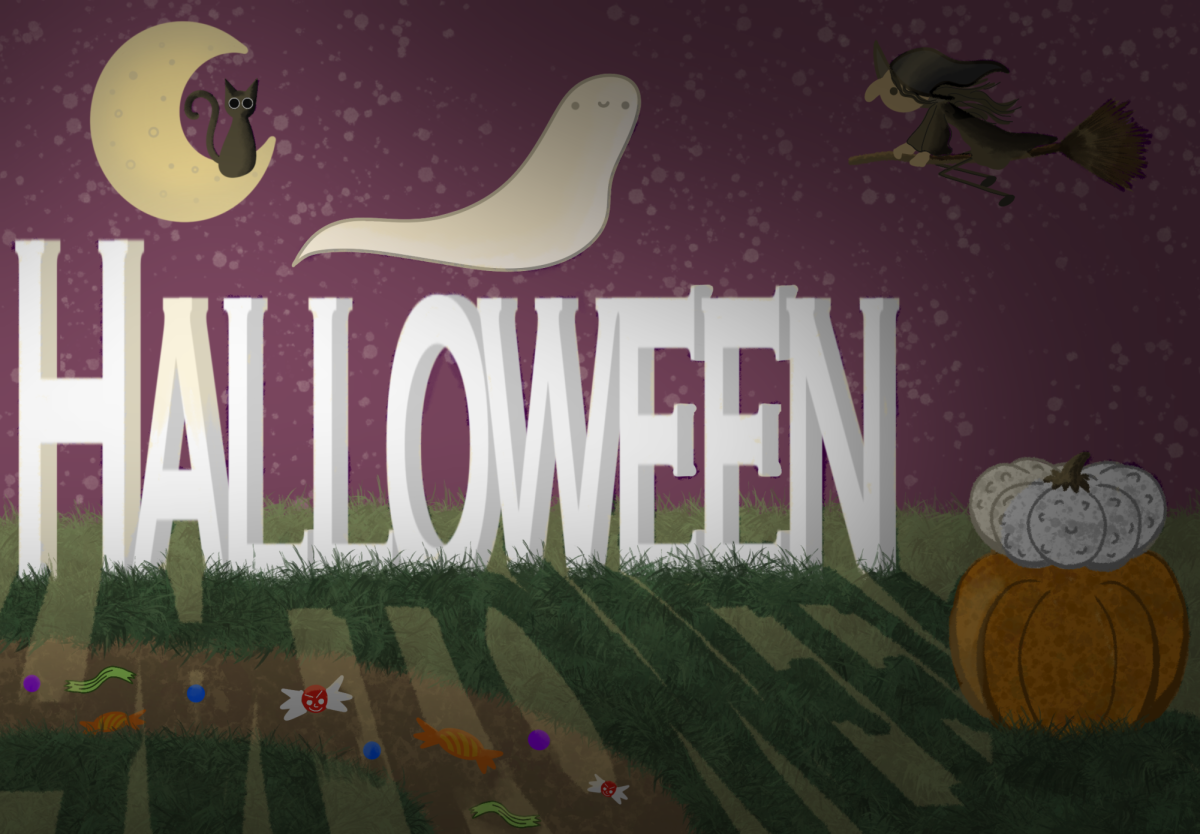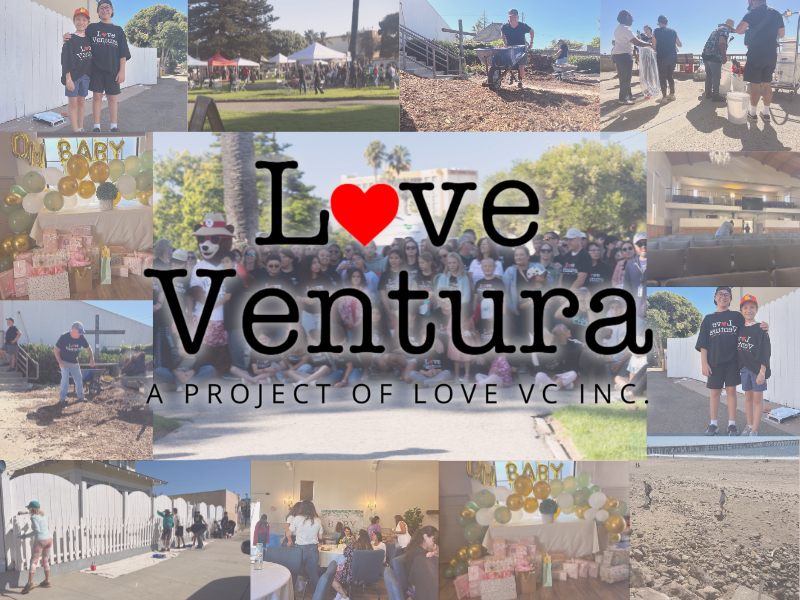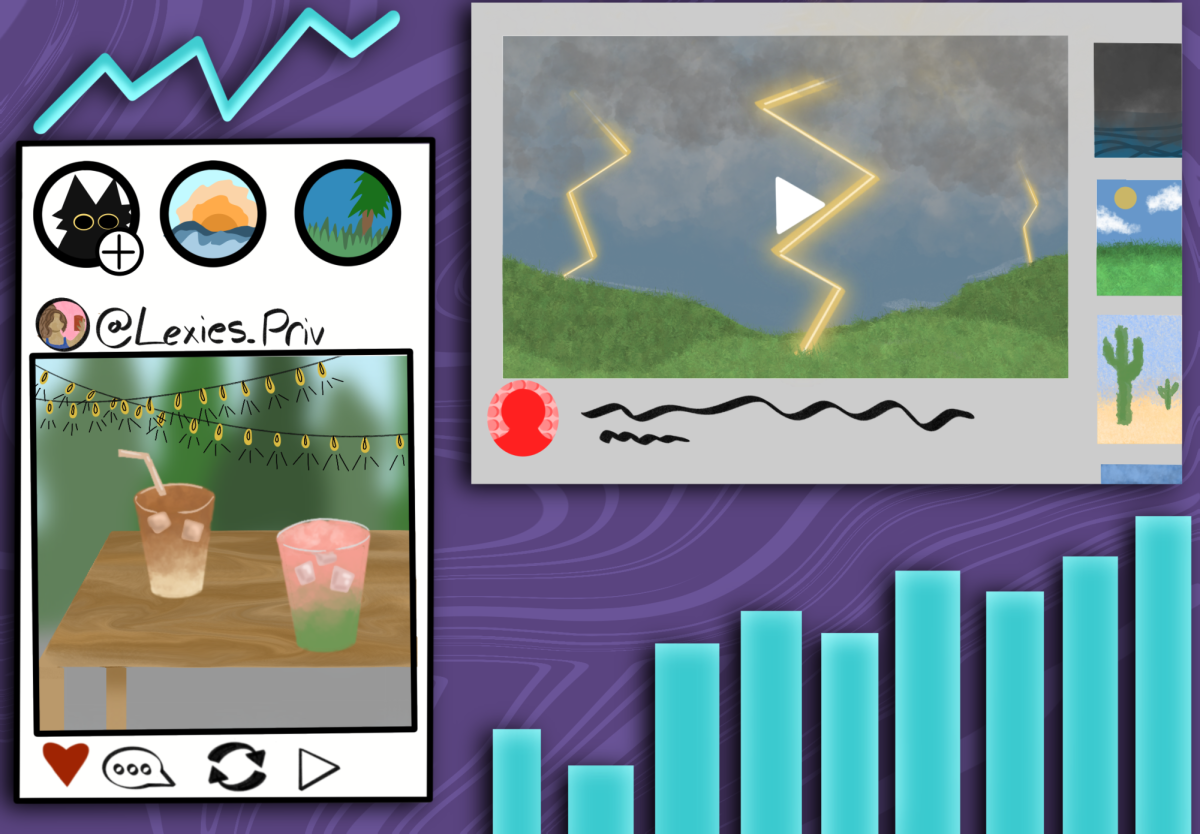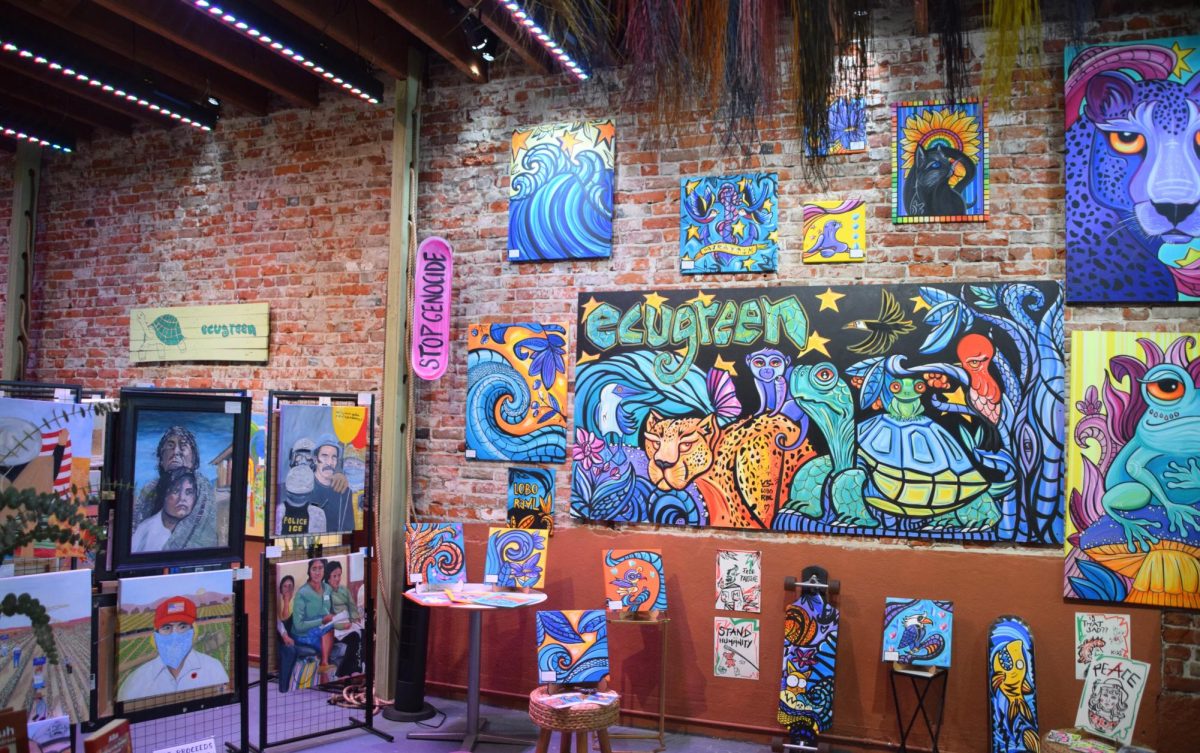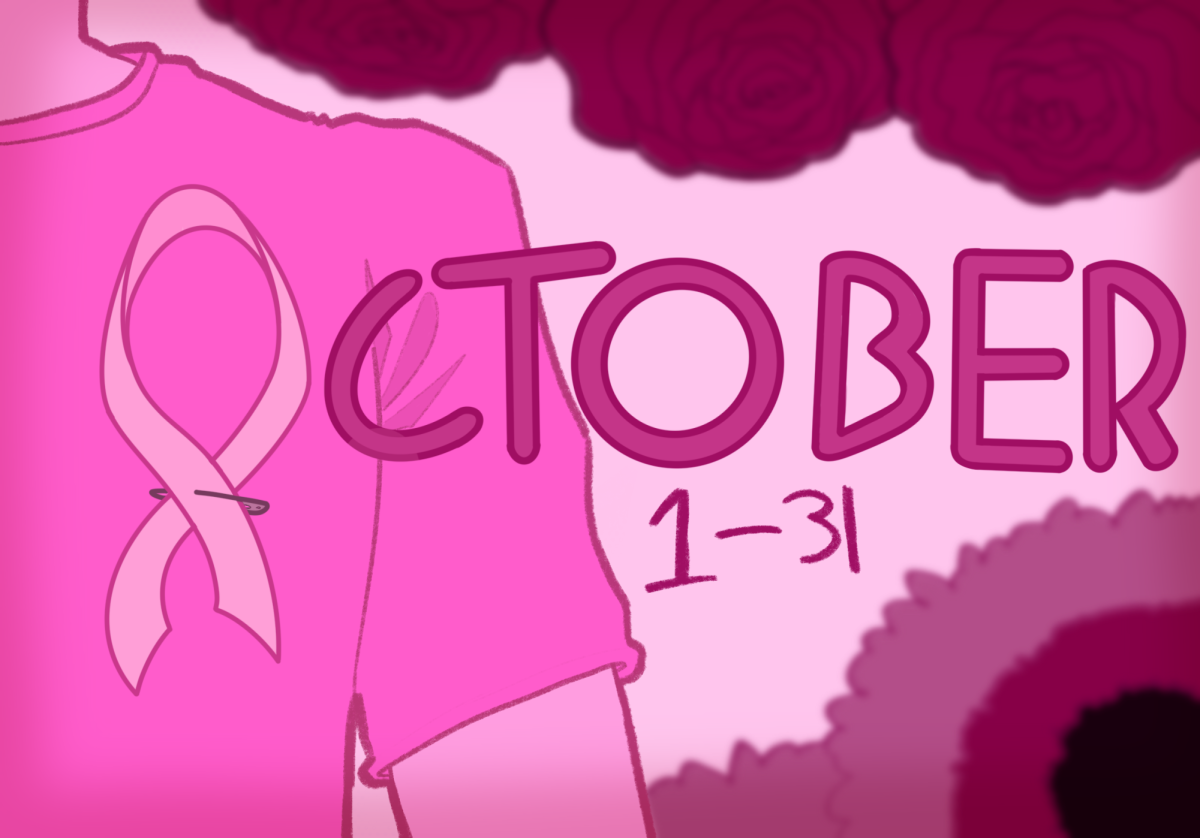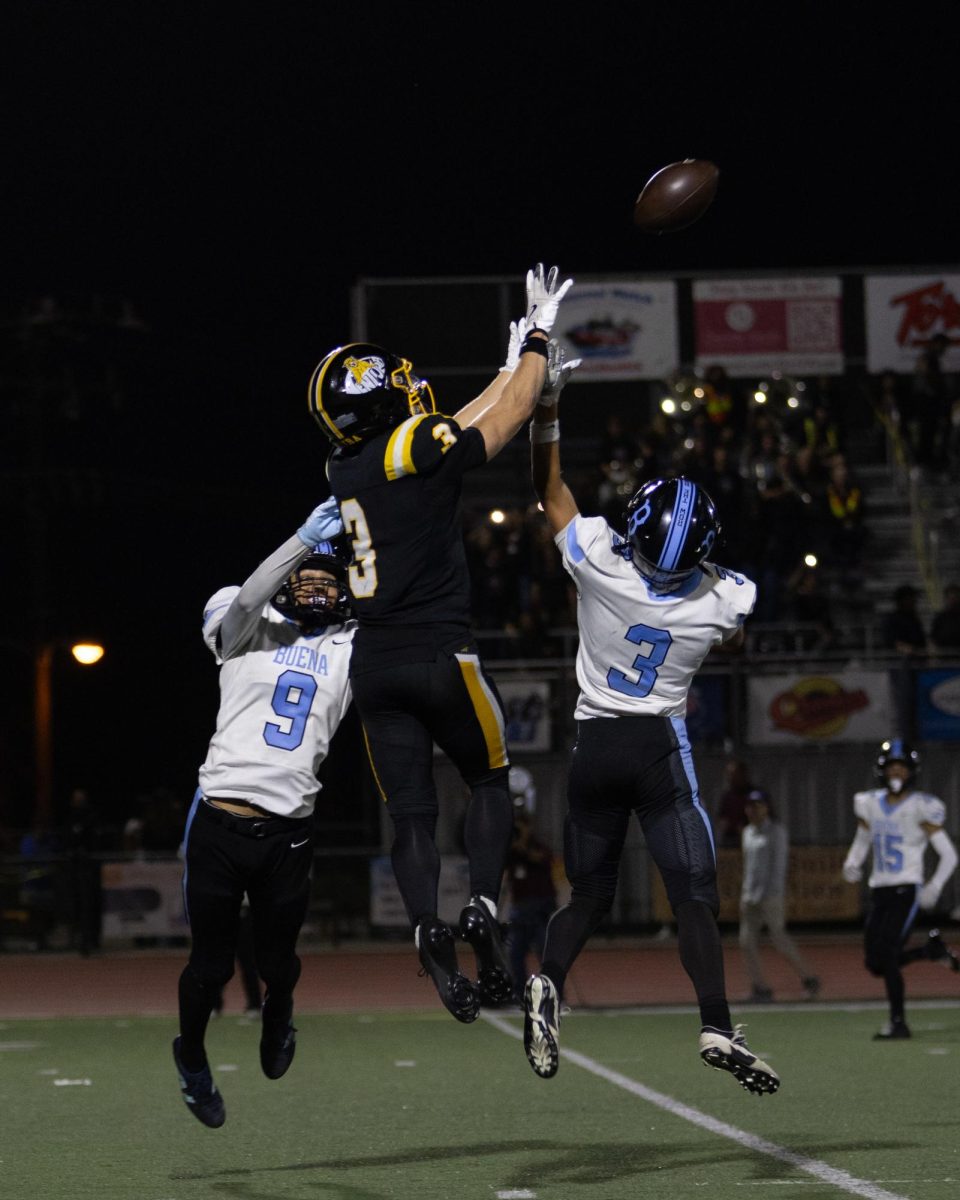Every year, the month of June comes along and brings with it positivity in all forms. As students are released from the confines of their classrooms, warm weather sinks in, the sun sets later and laughter can be heard all around. But June beckons more than just the beginning of summer — the month is also known as Pride Month and is dedicated to celebrating Lesbian, Gay, Bisexual, Transgender and Queer (LGBTQ+) pride. While many are familiar with the 30-day celebration of love, identity and inclusion, it is important to recognize the deep history that is rooted in this commemoration.
In the 1960s and prior, homophobia was common and widespread. The concept of homosexuality was generally considered to be a psychological disorder; in fact, it was classified as a mental illness by the American Psychiatric Association until 1973. In some places, homosexuality was criminalized; in almost all places, queer people faced social discrimination daily. Regardless, several rising organizations advocated for LGBTQ+ rights, including the Mattachine Society and the Daughters of Bilitis.
On June 28, 1969, the tide began to turn when the Stonewall Uprising began. The Stonewall Inn – one of the most popular gay bars in New York, N.Y. – had been experiencing frequent police raids. While gay bars were considered a safe space from public harassment, they were scarcely safe from police harassment. In the months leading up to the uprising, the inn was averaging about one police raid per month. On the morning of June 28, police officers raided the inn, arresting employees for selling alcohol without a license, clearing the bar and detaining several customers. This event sparked riots outside of the inn for the following five days, in which members of the LGBTQ+ community protested against the raid, repeatedly breaching police barricades and even setting the building on fire.
Protests were already prominent prior to the uprising, such as the Annual Reminders, consisting of the Eastern Regional Conference of Homophile Organizations (ERCHO) picketing annually in Philadelphia on July 4. However, the Stonewall Uprising was the catalyst for exponential progress in the fight against social discrimination against homosexuals.
According to National Geographic, Craig Rodwell, a member of ERCHO who participated in both the Annual Reminders as well as the Stonewall uprising, aimed for the Annual Reminders to “be more relevant, reach a greater number of people and encompass the ideas and ideals of the larger struggle in which we are engaged — that of our fundamental human rights.” ERCHO agreed to hold a march in New York each year on the anniversary of the uprising, and encouraged others around the country to join.
The following year, on June 28, 1970, New York would hold its first true pride parade to commemorate the uprising, known as the Christopher Street Liberation Day March, with similar demonstrations being held in other major cities like Los Angeles, Calif. and Chicago, Ill. These marches marked the beginning of a new kind of activism for the LGBTQ+ community — through outspoken pride and celebration.
As LGBTQ+ visibility and advocacy grew, June officially became known as “Gay and Lesbian Pride Month” as declared by Bill Clinton in 1999. This was further expanded to “LGBT Pride Month” by Barack Obama in 2009. Finally, on June 26, 2015, the Supreme Court of the United States ruled in Obergefell v. Hodges that same-sex couples have the same right to marriage as different-sex couples, legalizing homosexual marriage throughout the U.S.
Today, Pride Month is widely recognized, with millions of people worldwide participating in celebrations each June. In 2019, around five million people attended the New York City Pride March. Despite all its recognition, the festivity and positivity of Pride Month would not be possible without the long and arduous fight endured by the many brave members of the LGBTQ+ community who advocated against social discrimination. This June, be sure to not only enjoy the fun of Pride Month, but also reflect on the history behind it.




